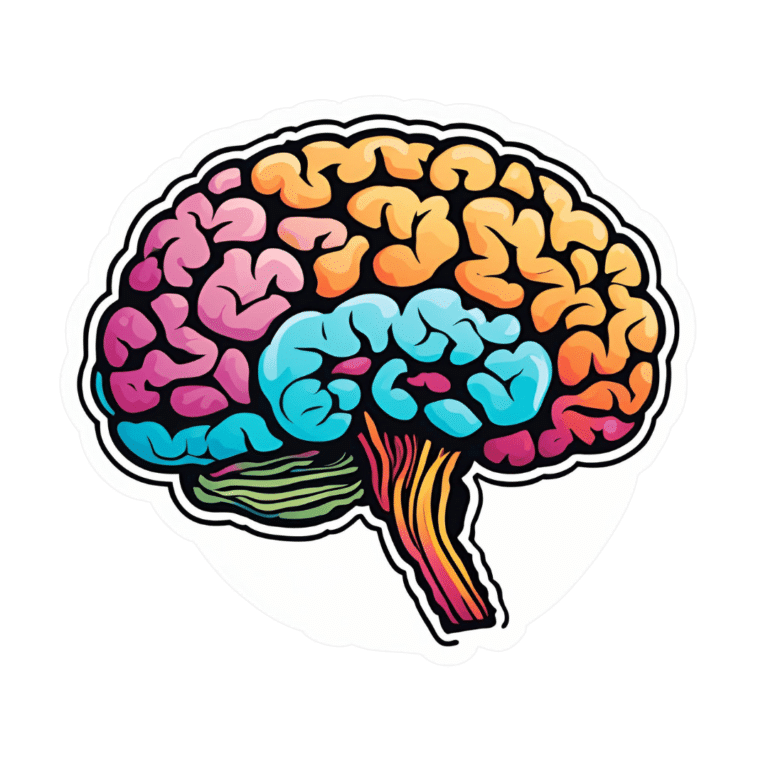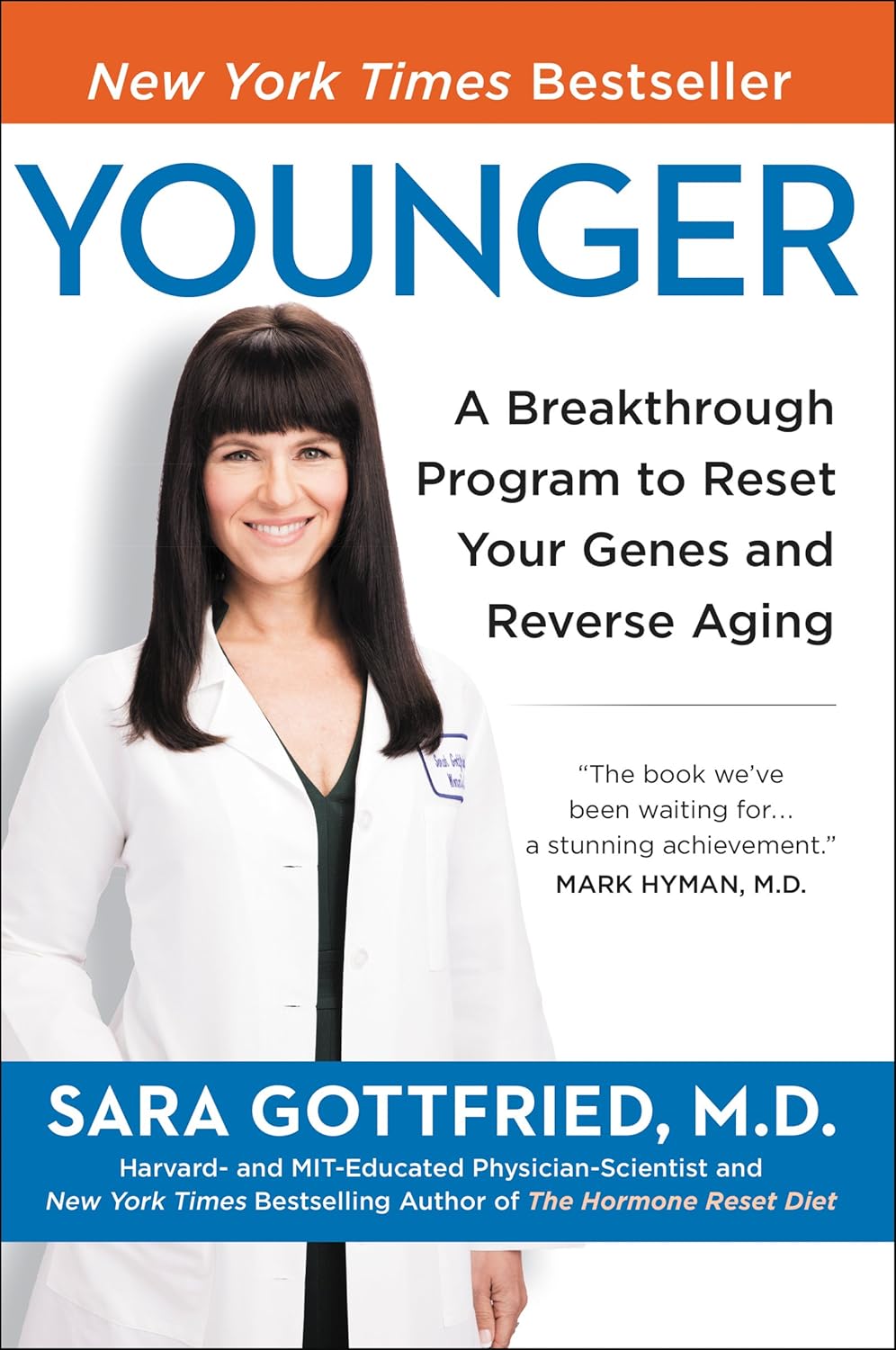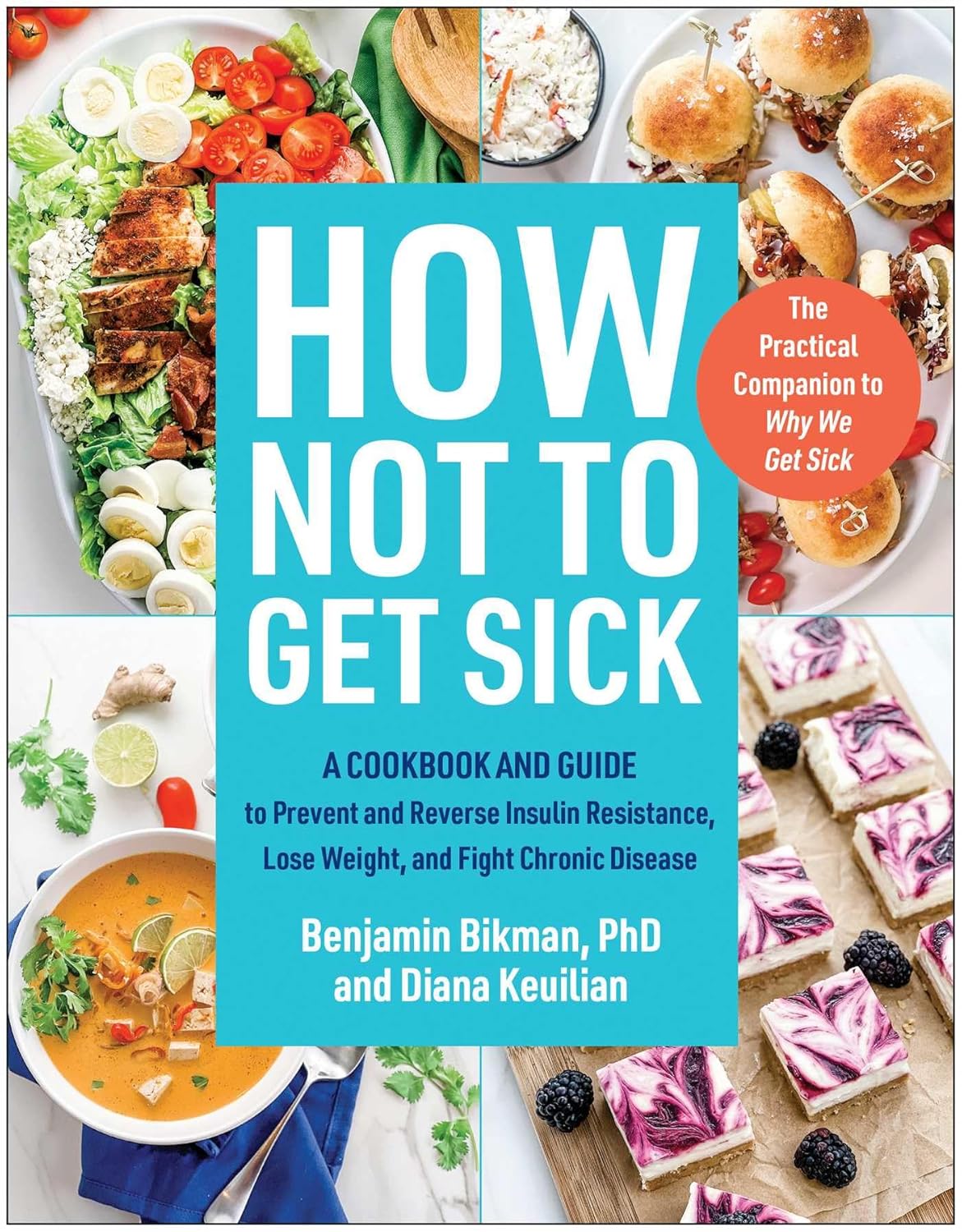
What’s Lurking In Your Household Air?
10almonds is reader-supported. We may, at no cost to you, receive a portion of sales if you purchase a product through a link in this article.
As individuals, we can’t do much about the outside air. We can try to spend more time in green spaces* and away from traffic, and we can wear face-masks—as was popular in Tokyo and other such large cities long before the pandemic struck.
*The well-known mental health benefits aside (and contrary to British politician Amber Rudd’s famous assertion in a televised political debate that “clean air doesn’t grow on trees”), clean air comes mostly from trees—their natural process of respiration scrubs not only carbon dioxide, but also pollutants, from the air before releasing oxygen without the pollutants. Neat!
See also this study: Site new care homes near trees and away from busy roads to protect residents’ lungs
We are fortunate to be living in a world where most of us in industrialized countries can exercise a great degree of control over our home’s climate. But, what to do with all that power?
Temperature
Let’s start with the basics. Outside temperature may vary, but you probably have heating and air conditioning. There’s a simple answer here; the optimal temperature for human comfort and wellbeing is 20℃ / 68℉:
Scientists Identify a Universal Optimal Temperature For Life on Earth
Note: this does not mean that that is the ideal global average temperature, because that would mean the polar caps are completely gone, the methane stored there released, many large cities underwater, currently hot places will be too hot for human life (e.g. outside temperatures above human body temperature), there will be mass extinctions of many kinds of animals and plants, including those we humans require for survival, and a great proliferation of many bugs that will kill us. Basically we need diversity for the planet to survive, arctic through to tropical and yes, even deserts (deserts are important carbon sinks!). The ideal global average temperature is about 14℃ (we currently have about 15℃ and rising).
But, for setting the thermostat in your home, 20℃ / 68℉ is perfect for most people, though down as far as 17℃ / 61℉ is fine too, provided other things such as humidity are in order. In fact, for sleeping, 18℃ / 62℉ is ideal. This is because the cooler temperature is one of the several things that tell our brain it is nighttime now, and thus trigger secretion of melatonin.
If you’re wondering about temperatures and respiratory viruses, by the way, check out:
The Cold Truth About Respiratory Infections: The Pathogens That Came In From The Cold
Humidity
Most people pay more attention to the temperature in their home than the humidity, and the latter is just as important:
❝Conditions that fall outside of the optimal range of 40–60% can have significant impacts on health, including facilitating infectious transmission and exacerbating respiratory diseases.
When humidity is too low, it can cause dryness and irritation of the respiratory tract and skin, making individuals more susceptible to infections.
When humidity is too high, it can create a damp environment that encourages the growth of harmful microorganisms like mould, bacteria, and viruses.❞
~ Dr. Gabriella Guarnieri et al.
So, if your average indoor humidity falls outside of that range, consider getting a humidifier or dehumidifier, to correct it. Example items on Amazon, for your convenience:
Humidity monitor | Humidifier | Dehumidifier
See also, about a seriously underestimated killer:
Pneumonia: Prevention Is Better Than Cure
Now, one last component to deal with, for perfect indoor air:
Pollution
We tend to think of pollution as an outdoors thing, and indeed, the pollution in your home will (hopefully!) be lower than that of a busy traffic intersection. However…
- The air you have inside comes from outside, and that matters if you’re in an urban area
- Even in suburban and rural areas, general atmospheric pollutants will reach you, and if you’ve ever been subject to wildfire smoke, you’ll know that’s no fun either.
- Gas appliances in the home cause indoor pollution, even when carbon monoxide is within levels considered acceptable. This polluting effect is much stronger for open gas flames (such as on gas cookers/stoves, or gas fires), than for closed gas heating systems (such as a gas-powered boiler for central heating).
- Wood stoves/fireplaces are not an improvement, in fact they are worse, and don’t get us started on coal. You should not be breathing these things, and definitely should not be burning them in an enclosed space.
- That air conditioning, humidifier, dehumidifier? They may be great for temperature and humidity, but please clean/change the filter more often than you think is necessary, or things will grow there and then your device will be adding pathogens to the air as it goes.
- Plug-in air-freshening devices? They may smell clean, but they are effectively spraying cleaning fluids into your lungs. So please don’t.
So, what of air purifiers? They can definitely be of benefit. for example:
But watch out! Because if you don’t clean/change the filter regularly, guess what happens! That’s right, it’ll be colonized with bacteria/fungus and then be blowing those at you.
And no, not all of them will be visible to the naked eye:
Is Unnoticed Environmental Mold Harming Your Health?
Taking a holistic approach
The air is a very important factor for the health of your lungs (and thus, for the health of everything that’s fed oxygen by your lungs), but there are more things we can do as well:
Seven Things To Do For Good Lung Health!
Take care!
Don’t Forget…
Did you arrive here from our newsletter? Don’t forget to return to the email to continue learning!
Recommended
Learn to Age Gracefully
Join the 98k+ American women taking control of their health & aging with our 100% free (and fun!) daily emails:
-
Younger – by Dr. Sara Gottfried
10almonds is reader-supported. We may, at no cost to you, receive a portion of sales if you purchase a product through a link in this article.
Does this do the things it says in the subtitle? In honestly, not really, no, but what it does do (if implemented) is modify your gene expression, slow aging, and extend healthspan. Which is all good stuff, even if it’s not the snappy SEO-oriented keywords in the subtitle.
A lot of the book pertains to turning certain genes (e.g. SIRT1, mTOR, VDR, APOE4, etc) on or off per what is sensible in each case, noting that while genes are relatively fixed (technically they can be changed, but the science is young and we can’t do much yet), gene expression is something we can control quite a bit. And while it may be unsettling to have the loaded gun that is the APOE4 gene being held against your head, at the end of the day there are things we can do that influence whether the trigger gets pulled, and when. Same goes for other undesirable genes, and also for the desirable ones that are useless if they never actually get expressed.
She offers (contained within the book, not as an upsell) a 7-week program that aims to set the reader up with good healthy habits to do just that and thus help keep age-related maladies at bay, and if we slip up, perhaps later in the year or so, we can always recommence the program.
The advice is also just good health advice, even without taking gene expression into account, because there are a stack of benefits to each of the things in her protocol.
The style is personable without being padded with fluff, accessible without dumbing down, and information-dense without being a challenging read. The formatting helps a lot also; a clear instructional layout is a lot better than a wall of text.
Bottom line: if you’d like to tweak your genes for healthy longevity, this book can help you do just that!
Share This Post
-
Paulina Porizkova (Former Supermodel) Talks Menopause, Aging, & Appearances
10almonds is reader-supported. We may, at no cost to you, receive a portion of sales if you purchase a product through a link in this article.
Are supermodels destined to all eventually become “Grizabella the Glamor Cat”, a washed-up shell of their former glory? Is it true that “men grow cold as girls grow old, and we all lose our charms in the end”? And what—if anything—can we do about it?
Insights from a retired professional
Paulina Porizkova is 56, and she looks like she’s… 56, maybe? Perhaps a little younger or a bit older depending on the camera and lighting and such.
It’s usually the case, on glossy magazine covers and YouTube thumbnails, that there’s a 20-year difference between appearance and reality, but not here. Why’s that?
Porizkova noted that many celebrities of a similar age look younger, and felt bad. But then she noted that they’d all had various cosmetic work done, and looked for images of “real” women in their mid-50s, and didn’t find them.
Note: we at 10almonds do disagree with one thing here: we say that someone who has had cosmetic work done is no less real for it; it’s a simple matter of personal choice and bodily autonomy. She is, in our opinion, making the same mistake as people make when they say such things as “real people, rather than models”, as though models are not also real people.
Porizkova found modelling highly lucrative but dehumanizing, and did not enjoy the objectification involved—and she enjoyed even less, when she reached a certain age, negative comments about aging, and people being visibly wrong-footed when meeting her, as they had misconceptions based on past images.
As a child and younger adult through her modelling career, she felt very much “seen and not heard”, and these days, she realizes she’s more interesting now but feels less seen. Menopause coincided with her marriage ending, and she felt unattractive and ignored by her husband; she questioned her self-worth, and felt very bad about it. Then her husband (they had separated, but had not divorced) died, and she felt even more isolated—but it heightened her sensitivity to life.
In her pain and longing for recognition, she reached out through her Instagram, crying, and received positive feedback—but still she struggles with expressing needs and feeling worthy.
And yet, when it comes to looks, she embraces her wrinkles as a form of expression, and values her natural appearance over cosmetic alterations.
She describes herself as a work in progress—still broken, still needing cleansing and healing, but proud of how far she’s come so far, and optimistic with regard to the future.
For all this and more in her own words, enjoy:
Click Here If The Embedded Video Doesn’t Load Automatically!
Want to learn more?
You might also like to read:
The Many Faces Of Cosmetic Surgery
Take care!
Share This Post
-
Own Your Past Change Your Future – by Dr. John Delony
10almonds is reader-supported. We may, at no cost to you, receive a portion of sales if you purchase a product through a link in this article.
This one is exactly what it says on the cover. It’s reminiscent in its premise of the more clinically-presented Tell Yourself A Better Lie (an excellent book, which we reviewed previously) but this time presented in a much more casual fashion.
Dr. Delony favors focusing on telling stories, and indeed this book contains many anecdotes. But also he bids the reader to examine our own stories—those we tell ourselves about ourselves, our past, people around us, and so forth.
To call those things “stories” may create a knee-jerk response of feeling like it is an accusation of dishonesty, but rather, it is acknowledging that experiences are subjective, and our framing of narratives can vary.
As for reframing things and taking control, his five-step-plan for doing such is:
- Acknowledge reality
- Get connected
- Change your thoughts
- Change your actions
- Seek redemption
…which each get a chapter devoted to them in the book.
You may notice that these are very similar to some of the steps in 12-step programs, and also some religious groups and/or self-improvement groups. In other words, this may not be the most original approach, but it is a tried-and-tested one.
Bottom line: if you feel like your life needs an overhaul, but don’t want to wade through a bunch of psychology to do it, then this book could be it for you.
Click here to check out Own Your Past To Change Your Future, and do just that!
Share This Post
Related Posts
-
Almonds vs Peanuts – Which is Healthier?
10almonds is reader-supported. We may, at no cost to you, receive a portion of sales if you purchase a product through a link in this article.
Our Verdict
When comparing almonds to peanuts, we picked the almonds.
Why?
No, it’s not just our pro-almonds bias… But it’s also not as one-sided, nutritionally speaking, as you might think!
In terms of macros, almonds have a lot more fiber, and moderately more carbs, the ratio of which give almonds the lower glycemic index. On the other hand, peanuts have a little more protein. Both of these nuts are equally fatty, but peanuts have the higher saturated fat content. All in all, we say the biggest deciding factor is the fiber, and hand this one to the almonds.
In the category of vitamins, almonds have more of vitamins B2 and E, while peanuts have more of vitamins B1, B3, B5, B6, B7, and B9. An easy win for peanuts this time.
When it comes to minerals, almonds have more calcium, magnesium, manganese, phosphorus, and potassium, while peanuts have more copper, iron, selenium, and zinc. Thus, a 5:4 marginal win for almonds.
Adding up the sections makes for an overall win for almonds, but as you can see, it was close and peanuts certainly have their merits too, so by all means enjoy either or both; diversity is good!
Unless you are allergic, in which case, obviously please don’t do that.
Want to learn more?
You might like to read:
Why You Should Diversify Your Nuts!
Enjoy!
Don’t Forget…
Did you arrive here from our newsletter? Don’t forget to return to the email to continue learning!
Learn to Age Gracefully
Join the 98k+ American women taking control of their health & aging with our 100% free (and fun!) daily emails:
-
How to survive extreme cold
10almonds is reader-supported. We may, at no cost to you, receive a portion of sales if you purchase a product through a link in this article.
Cold weather can be deadly, especially in places not used to extreme cold. A December 2024 study found that cold-related deaths have more than doubled between 1999 and 2022, with over 3,500 deaths reported in 2022.
Climate change doesn’t only mean rising temperatures; it also causes extreme weather, including extreme cold.
The Cybersecurity and Infrastructure Security Agency defines extreme cold as “temperatures that are lower than historical averages to the point that it creates a dangerous environment for people, animals, and critical infrastructure.”
“There’s rightfully been a focus on heat deaths because of the context of global warming. But both can be true,” said Michael Liu, the study’s lead author, in a Washington Post article. “Cold-related deaths are still a public health risk.”
Cold weather-related injuries and deaths are preventable. Preparing ahead of time ensures you can stay safe when cold weather hits.
Stay informed
Following local news and weather reports will keep you aware of extreme weather in your area so you can plan accordingly. Many state and local governments provide emergency text and mobile app alert services.
The National Weather Service automatically sends English and Spanish Wireless Emergency Alerts related to weather emergencies to compatible cell phones. Although iPhones, Androids, and most smartphones are WEA-compatible, you may need to check your device’s settings to ensure they are turned on.
Make a cold weather kit
When planning for cold weather, prepare for the worst-case scenario. Extremely cold temperatures, snow, and ice can cause power outages, frozen or burst pipes, loss of wireless and cell signals, and hazardous driving conditions.
A cold weather kit for your home should include:
- A flashlight with extra batteries
- A first-aid kit
- Extra water and non-perishable food to last a few days
- Baby supplies, such as diapers and formula to last a few days
- Pet supplies, such as food and litter to last a few days
- Warm clothes and blankets
- Sufficient amounts of your prescription medications and special medical equipment
You may also wish to add a battery-powered NOAA weather radio in your kit. These radios, which can be purchased for as little as $20, allow you to receive weather updates during power and internet outages.
Experts recommend staying indoors and avoiding driving in extreme cold. If you must drive, make sure your car has a cold weather kit before the winter. In addition to the equipment in a home cold weather kit, the National Weather Service suggests that a winter car survival kit also include:
- Jumper cables
- Cat litter or sand for tire traction
- Shovel
- Ice scraper
- Blankets/sleeping bag and warm clothes
- Hand warmers
- Charged cell phone with a spare charger
- Basic tool kit
Become familiar with warming centers
Many cities offer warming centers for people who need short-term shelter during cold weather. Check nearby centers’ locations, operating hours, and pet policies in advance. If your local warming centers don’t accept pets, other locations, like kennels and vet clinics, may temporarily board pets.
Learn how to use heating and power devices safely
Many deaths in cold weather are not from cold temperatures but from fires and carbon monoxide poisoning from improper use of heaters and generators.
All living spaces should be equipped with working smoke and carbon monoxide detectors, which should be tested monthly. Some fire departments provide free and low-cost detectors.
According to the Federal Emergency Management Agency, heaters are the second leading cause of house fires.
“Space heaters are involved in more than 1,000 home fires across the country every year and factor into the vast majority of home heating-related deaths,” said former Department Of Homeland Security Secretary Alejandro Mayorkas at FEMA’s 2024 #WinterReady Extreme Cold Summit.
Space heaters should never be left unattended, used around unsupervised children or pets, or left on overnight. They should be plugged directly into a power outlet, not power strips and extension cords. Additionally, they shouldn’t be operated on unstable or uneven surfaces.
The U.S. Fire Administration also recommends that you “keep anything that can burn at least 3 feet from all heat sources including fireplaces, wood stoves, radiators, space heaters or candles.”
Generators and portable coal- or gasoline-powered power stations can help you stay warm and maintain power during outages. However, these devices should never be used indoors, as they produce deadly carbon monoxide. Generators should be set up outdoors, at least 20 feet from vents, windows, and doors.
Carbon monoxide poisoning can also be a risk when trying to stay warm inside a vehicle. To avoid this, never leave your car running inside a garage, even if the door and windows are open.
For more information about cold weather resources, check with your local government and FEMA and the National Weather Service.
This article first appeared on Public Good News and is republished here under a Creative Commons license.
Don’t Forget…
Did you arrive here from our newsletter? Don’t forget to return to the email to continue learning!
Learn to Age Gracefully
Join the 98k+ American women taking control of their health & aging with our 100% free (and fun!) daily emails:
-
How Not To Get Sick: A Cookbook – by Dr. Benjamin Bikman and Diana Keuilian
10almonds is reader-supported. We may, at no cost to you, receive a portion of sales if you purchase a product through a link in this article.
We’ve previously reviewed Dr. Bikman’s excellent “Why We Get Sick”, and if you haven’t read that yet, we recommend doing so.
Nevertheless, you don’t need to have read it to benefit from this one, which is about cooking with those learnings (from the other book) in mind.
Before getting to the recipes, we get a section recapping what we learned previously, as well as adding some more general lifestyle advices beyond the kitchen. The science is also expanded a bit, to include such things as the two-way relationship between insulin and aging, as well as the interplay with other metrics of health, including blood lipids, for example.
The authors then provide a plan, in the three stages: reverse (insulin resistance), prevent (insulin resistance), maintain (insulin sensitivity).
The recipes themselves, of which there are 70, are of course tailored to do the above three things; they’re also quite diverse, albeit if you are vegetarian or vegan, you should know in advance that most of these recipes are not.
Bottom line: if the above doesn’t apply to you, and you would like to improve your insulin sensitivity, this book can indeed help.
Don’t Forget…
Did you arrive here from our newsletter? Don’t forget to return to the email to continue learning!
Learn to Age Gracefully
Join the 98k+ American women taking control of their health & aging with our 100% free (and fun!) daily emails:







